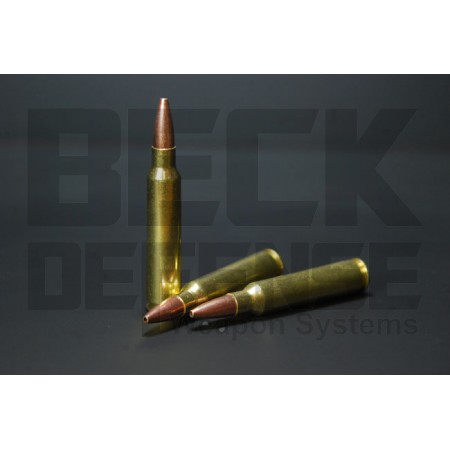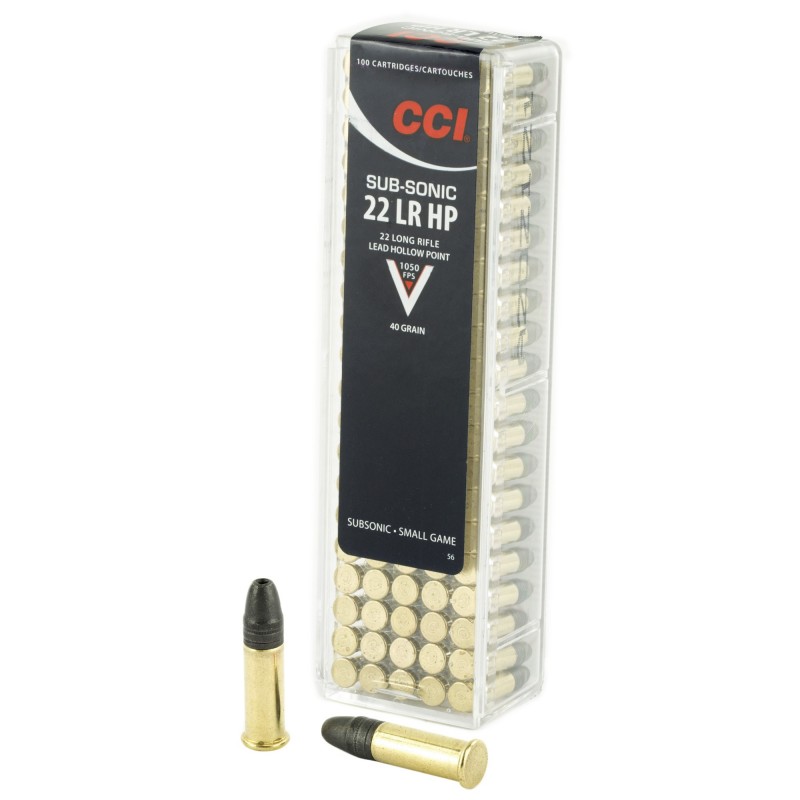


While I find it a bit odd, and worth more testing to confirm, that the absence of the cotton filler would cause higher velocities (due to slower burn and higher pressure possibly) I do think this is significant enough data at the moment to validate the use of a filler in the case and to counter any argument that says Trail Boss is a non-positional sensitive sure appears to be VERY sensitive at this point. Notes 1: Sierra 0.224 HPBT MatchK 1380 69 0ĭescription: 4.6gr Trail Boss - no cottonĪs you can see, the standard deviation on Batch 1 (with the cotton) was a fairly outstanding 19.5 with a spread of 62 while the standard deviation on Batch 2 was a fairly terrible 93.4 with a horrific spread of 275. I wanted to look further into the differences between using and not using a cotton filler.īatch 1 was using a 69gr Sierra Match King #1380 with 4.6 grains of Trail Boss and cotton fillerīatch 2 was using a 69gr Sierra Match King #1380 with 4.6 grains of Trail Boss and NO cotton filler I have not yet tested my grouping at 50 and 100 yards with this recipe as I am waiting for new scope rings. I feel this is a very useful load to have and I'd be very interested in seeing what others came up with in regards to. In a true SHTF scenario, this could be a life saver if you need to kill your food silently without alerting those zombies around you as to your location. With proper shot placement (all shots should be properly placed) you CAN take down deer sized game out to 100 yards with this round. Remember, this is a 55 grain projectile at 1005 FT/s delivering 123 ft-lbs of energy. 223 that can be whisper quite and still take down game out to 100 yards.
40 GR. .223 SUBSONIC POWDER LOADS FULL
This will keep the 3.8 grains of powder over the primer hole ensuring full ignition of the powder when the primer is struck.Ĭouldn't get a great photo, but the cotton should fully cover the primer and be significantly lower than the bullet base when seated.Īfter seating and crimping the bullet in the normal fashion, take a black sharpie and color the tip of the round black so you don't get them confused with your super-sonic ammunition. Using your punch tool, gently push the wispy cotton into the case. Stretch out the cotton so that it looks like a bad Halloween spider web - very wispy and airy. 22lr round at 1000 FT/s is 88.8 ft-lbs)Īfter charging your primed case with the 3.8 grains of powder, rip off a tiny piece of cotton from a cotton ball - (quarter shown for size comparison.) This gives me 1005 FT/s at 123 ft-lbs of energy. The cases were trimmed to 1.743" and the Over All Length (with seated bullet) is 2.220" using a Speer 55 grain HPBT projectile.ģ.8 grains of the IMR Trail Boss powder is what I fine tuned. This was tested and dialed in on an AR-15, 16" barrel, 1:8 twist, mid-length gas system, with a YHM Phantom Suppressor. 308 ammo.Įveryone's weapon is different so don't use this recipe and expect the exact same results. It's primary design is for Cowboy Action type firearms - but it's large signature and fast burn rate make it an exceptional choice for creating subsonic. 223 ammo:Įverything needed to create a subsonic 55 grain round that will deliver 128 ft/lb energy at 1000 FT/sīullets, casings, scale, sharpie, cotton balls, punch tool, Trail Boss powderĪs you can see, the Trail Boss powder is seriously huge. Here is a general step-by-step on making subsonic. So, after another full day of experimenting, I've landed with the best recipe I can make for a 55 grain round and my weapon platform. I've been tinkering over the past few weeks trying to use different powders and loads to create the perfect (for me) subsonic.


 0 kommentar(er)
0 kommentar(er)
